Home>Interior Design>Room Divider Ideas: 12 Lessons In Versatile Modern Living
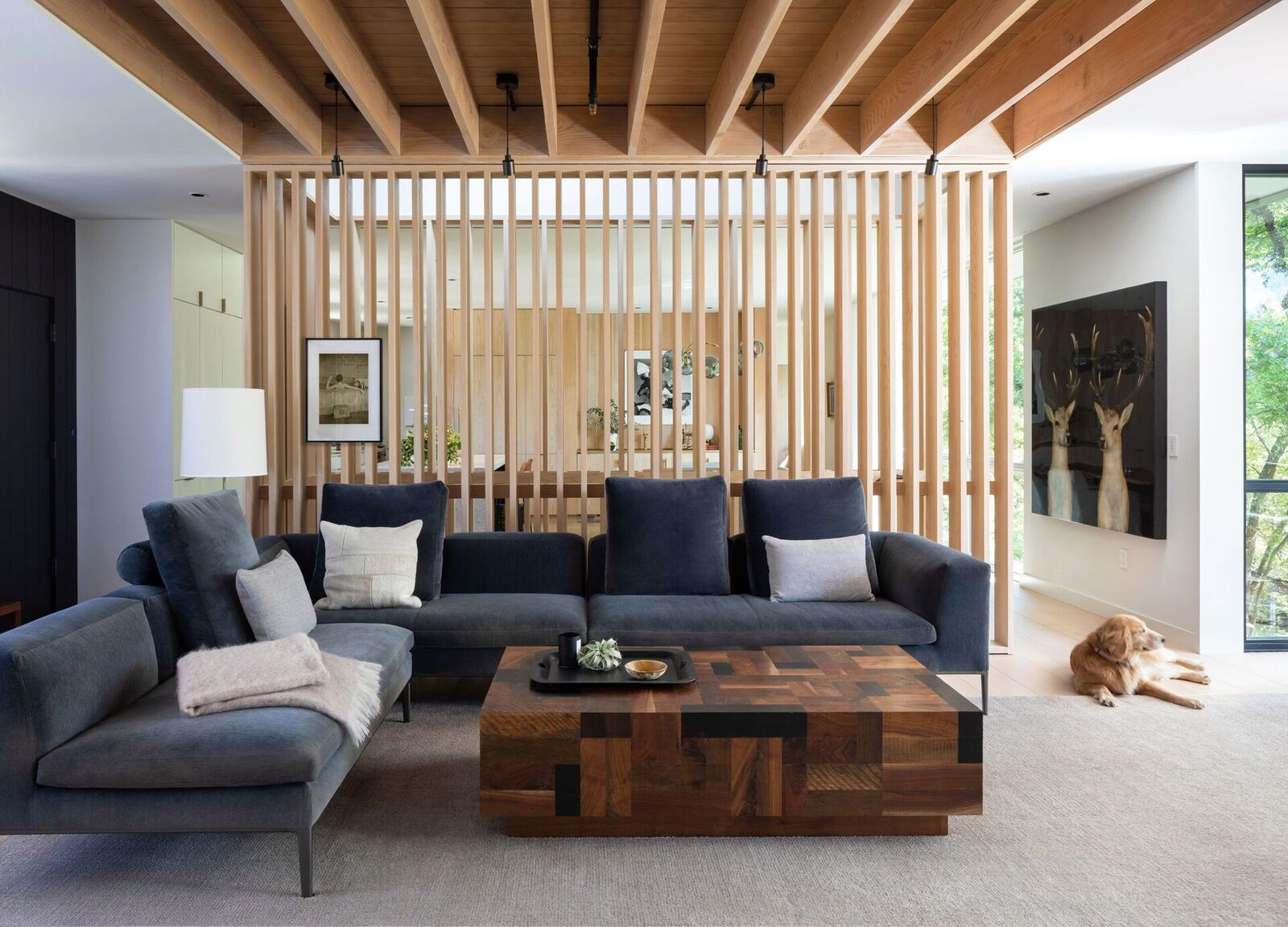

Interior Design
Room Divider Ideas: 12 Lessons In Versatile Modern Living
Modified: October 19, 2024
Discover stylish and practical room divider ideas for versatile modern living. Explore 12 lessons in interior design to transform your space.
(Many of the links in this article redirect to a specific reviewed product. Your purchase of these products through affiliate links helps to generate commission for Storables.com, at no extra cost. Learn more)
Introduction
Welcome to the world of interior design, where every detail matters and every space can be transformed into a work of art. One key aspect of creating a functional and visually appealing living space is the strategic use of room dividers. These versatile elements not only help define separate areas within a room but also add architectural interest and style. Today, we will explore 12 valuable lessons in incorporating room dividers into modern living.
Room dividers have evolved far beyond the traditional standalone screens. Modern designs take advantage of various materials, styles, and functions to offer limitless possibilities for dividing and defining spaces. Whether you are looking to create a sense of privacy, add visual interest, or simply enhance the overall functionality of a room, there is a room divider solution for you.
This article will highlight 12 innovative room divider ideas that will revolutionize the way you approach interior design. From open shelves to sliding doors, hanging curtains to plant walls, we will explore both practical and artistic options that can transform any space. Let’s dive in and discover the power of room dividers.
Key Takeaways:
- Embrace the art of room division to elevate your living space with multifunctional dividers, flexible partitions, and visually captivating elements that reflect your personal style and enhance daily life.
- From open shelves to sculptural dividers, explore innovative room divider ideas to create a harmonious, functional, and creatively designed living space that reflects your unique personality and style.
Read more: How To Divide Living Room
Lesson 1: Open shelves as room dividers
One of the most versatile and popular room divider ideas is using open shelves. Not only do they effectively divide a space, but they also provide functional storage and display options. Open shelves act as a visual barrier without completely closing off the areas they separate, creating a sense of openness and connectedness within a room.
The beauty of open shelves as room dividers lies in their flexibility. You can choose the height, width, and number of shelves based on your specific needs and space constraints. Additionally, the open design allows for the passage of light and air, ensuring that the divided space does not feel cramped or enclosed.
When using open shelves as room dividers, consider incorporating elements that complement your overall interior design theme. You can showcase decorative items, books, or plants to add a personal touch and enhance the visual appeal of the space. The versatility of open shelves makes them suitable for various room types, from living rooms and dining areas to home offices and bedrooms.
Furthermore, open shelves offer an excellent opportunity for organizing and decluttering. You can use baskets or storage containers on the shelves to keep items neatly tucked away, creating a more organized and harmonious environment.
One creative approach is to use a combination of open shelves and closed storage units as room dividers. This provides the best of both worlds, allowing you to display decorative items while concealing less visually pleasing items behind closed doors. The contrast between the open and closed sections adds depth and interest to the room.
In summary, open shelves serve as multifunctional room dividers, delivering both practical storage solutions and a visually appealing design element. Their versatility, flexibility, and ability to enhance organization make them an ideal choice for modern living spaces.
Lesson 2: Sliding doors for flexible space
When it comes to creating flexible spaces, sliding doors are a game-changer. These functional and stylish room dividers offer the perfect balance between privacy and openness, allowing for seamless transitions between different areas of a room.
Sliding doors are an excellent choice for rooms that require occasional privacy or those with limited space. They can easily be opened or closed to create separate zones or connect spaces, depending on the needs of the moment. This flexibility is particularly beneficial in open floor plan designs or studio apartments, where creating defined spaces is essential.
One of the main advantages of sliding doors as room dividers is their space-saving nature. Unlike swinging doors that require clearance for opening and closing, sliding doors move horizontally along a track, eliminating the need for extra space. This makes them an ideal solution for small rooms or narrow hallways.
In terms of design, sliding doors come in a wide range of styles, materials, and finishes to suit any interior décor. From sleek and minimalist glass doors to rustic barn doors, there are options to complement various design themes. You can also choose from different types of sliding door systems, such as pocket doors that slide into the wall or bypass doors that slide past each other, depending on your space and aesthetic preferences.
In addition to their functionality, sliding doors also provide visual interest and architectural appeal. The smooth gliding motion and clean lines of these dividers can elevate the overall design aesthetic of a room. They can act as a focal point or blend seamlessly with the surrounding décor, enhancing the visual appeal of the space.
Moreover, sliding doors allow for the flow of natural light between areas, creating a bright and airy atmosphere. This is especially beneficial in rooms where maximizing natural light is a priority. Additionally, the use of glass panels in sliding doors can visually expand the space by creating a sense of openness and transparency.
Overall, sliding doors offer a flexible and stylish solution for room division, allowing for seamless transitions and efficient space utilization. Consider incorporating sliding doors into your interior design to enhance the functionality, aesthetics, and flow of your living spaces.
Lesson 3: Hanging curtains for privacy
Hanging curtains is a classic and versatile solution for creating privacy and dividing spaces within a room. Whether it’s a bedroom, living room, or home office, curtains offer a practical and stylish way to separate areas while adding a touch of elegance to the overall decor.
One of the main advantages of using curtains as room dividers is their affordability and ease of installation. Compared to other options, such as installing walls or building custom partitions, curtains are a cost-effective alternative that can be easily implemented. With just a curtain rod and a set of curtains, you can effortlessly transform a large space into smaller, more intimate areas.
Another benefit of hanging curtains as room dividers is the flexibility they offer. Unlike permanent walls or fixed dividers, curtains can be opened or closed as needed, allowing you to customize the layout and flow of your space. This adaptability is particularly useful in situations where you have changing privacy needs or when you want to create an open-plan feel when desired.
Curtains come in a wide variety of colors, patterns, fabrics, and styles, allowing you to choose options that match your interior decor and personal taste. Whether you prefer sheer curtains to create a light and airy atmosphere or thick blackout curtains for maximum privacy, there are options to suit every preference and practical need.
In addition to creating privacy, curtains as room dividers also have the added benefit of enhancing the visual appeal of a space. They can add texture, color, and pattern to an otherwise plain room, serving as a stylish focal point. By selecting curtains that complement the existing decor, you can create a cohesive and visually appealing design scheme.
Furthermore, curtains can provide an acoustic benefit by helping to absorb and reduce noise within a room. This makes them an excellent choice for open living areas or shared spaces where noise control is a consideration.
When using curtains as room dividers, consider incorporating additional curtain hardware, such as tiebacks or curtain tracks, to ensure ease of use and flexibility. This allows you to easily open and close the curtains, transforming the space as needed.
To summarize, hanging curtains as room dividers is a practical and stylish option for creating privacy and dividing spaces within a room. With a wide range of options available, you can choose curtains that not only fulfill your functional needs but also enhance the overall aesthetic of your living space.
Lesson 4: Bookcases as functional partitions
Bookcases are not just for storing books; they can also serve as functional and visually appealing room dividers. This versatile piece of furniture can be used to create separate zones within a space while providing ample storage and display opportunities.
One of the key advantages of using bookcases as room dividers is their ability to define areas without completely closing off the space. By choosing a bookcase with an open-back design, light and air can still flow through, maintaining a sense of openness and connection between the divided areas. This is especially useful in smaller spaces where maintaining a spacious feel is important.
Bookcases also offer the advantage of providing additional storage space in addition to acting as room dividers. You can neatly arrange books, decorative items, and personal belongings on the shelves, adding a personal touch and enhancing the visual appeal of the room. This dual functionality makes bookcases an excellent choice for maximizing both organization and aesthetics.
The design options for bookcases are vast, allowing you to choose a style that best suits your interior design theme. From classic wooden bookcases to modern, metal shelving units, there are options to match any style. You can also consider bookcases with additional features such as adjustable shelves or integrated lighting to further elevate their functionality.
An interesting approach is to incorporate a mix of open and closed storage in the bookcase. This allows you to display decorative items on the open shelves while concealing less visually appealing items behind closed doors or in drawers. The combination of open and closed storage can create a visually balanced and organized look.
Additionally, bookcases as room dividers can provide a backdrop for creating separate functional zones. In an open plan living area, for example, a bookcase can be positioned strategically to divide the space into a living room and a dining area. By choosing a bookcase with lower shelves, you can also create a visual separation between the sitting area and the dining space without blocking the line of sight completely.
Overall, utilizing bookcases as room dividers offers a practical and aesthetically pleasing solution for defining separate areas within a room. With their storage capabilities and design options, bookcases can not only enhance organization but also become a statement piece that adds character and style to your living space.
Lesson 5: Bi-fold screens for added flexibility
If you’re looking for a room divider that offers flexibility and versatility, bi-fold screens are an excellent choice. These folding screens consist of multiple panels hinged together, allowing you to adjust and arrange them according to your specific needs.
One of the main advantages of using bi-fold screens as room dividers is their ability to easily expand or collapse to create different configurations. You can fold the panels in accordion style, expanding the screen to create a larger partition, or fold them flat against the wall to open up the space. This flexibility allows you to adapt the room layout based on your changing needs, whether it’s for privacy, creating separate functional areas, or simply reconfiguring the space for a gathering.
Bi-fold screens come in a variety of materials, styles, and designs, providing endless options to match your interior decor and personal taste. From wooden panels to fabric screens, there are choices to suit any aesthetic. You can select screens with intricate patterns or artwork to serve as a decorative element when the panels are fully extended, creating a visual focal point in the room.
Another benefit of using bi-fold screens is their portability. Unlike permanent walls or built-in dividers, these screens can be easily moved and repositioned, giving you the flexibility to change the room layout as desired. This is particularly useful in rental spaces or situations where you may need to adapt the room for different purposes over time.
In addition to their functionality, bi-fold screens can also help improve room acoustics by absorbing sound and reducing echo. This is especially beneficial in open floor plans or large spaces where noise control is important.
When using bi-fold screens as room dividers, consider combining them with other elements to enhance their functionality and visual impact. For example, you can couple the screens with shelves or hanging panels to create additional storage or display space. This not only adds practicality but also brings a layered and dynamic look to the room.
Overall, bi-fold screens offer a flexible and versatile solution for room division, allowing you to easily adjust the layout of your space. Their portability, design options, and potential for customization make them an excellent choice for those seeking added flexibility and style in their living spaces.
Lesson 6: Glass dividers for visual openness
If you’re looking to create a sense of openness and connectivity while still defining separate areas, glass dividers are an excellent choice. Glass dividers offer a sleek and modern aesthetic, allowing light to flow through and maintaining a sense of visual spaciousness.
One of the primary advantages of using glass dividers as room dividers is their ability to create a separation without completely blocking off the space. Glass allows for the passage of light, making the divided areas feel brighter and more airy. This is especially useful in smaller rooms or spaces where you want to maximize natural light and create a sense of openness.
Additionally, glass dividers can visually expand the space by creating a seamless flow between different areas. The transparency of the glass allows you to maintain a visual connection, making the room feel larger and more cohesive. This makes them an ideal choice for open floor plans, where maintaining a sense of unity and connectedness is important.
Glass dividers come in various styles, ranging from clear and transparent to frosted or textured options for added privacy. Depending on your needs and preferences, you can choose a design that balances transparency with the desired level of privacy. Frosted or etched glass can create a sense of seclusion while still allowing light to pass through, making them perfect for areas such as bathrooms or home offices.
Another advantage of glass dividers is their versatility in terms of design and integration with other elements. You can choose frameless glass panels for a minimalist and sleek look or opt for framed glass dividers to add a touch of elegance and structure. Additionally, you can incorporate decorative elements such as colored glass or patterns to further enhance the visual appeal and style of the space.
In terms of maintenance and cleaning, glass dividers are relatively easy to care for. Regular cleaning with a glass cleaner will keep them looking clear and pristine, maintaining their visual transparency over time.
When using glass dividers as room dividers, consider combining them with other materials to create a harmonious and visually interesting look. For example, you can pair glass dividers with wooden or metal frames to add warmth or a touch of industrial style to the space.
In summary, glass dividers offer a visually open and modern solution for room division. Their transparency, versatility, and ability to create a sense of connectivity make them a fantastic choice for those seeking a light-filled and spacious atmosphere in their living spaces.
When choosing a room divider, consider the material and design to ensure it complements the overall style of the space while providing the desired level of privacy and functionality.
Lesson 7: Plant walls for natural separation
Bringing the beauty of nature indoors, plant walls serve as unique and refreshing room dividers that not only separate spaces but also add a natural and vibrant touch to any room. These living partitions create a sense of serenity and enhance the overall aesthetic appeal of the space.
One of the key advantages of using plant walls as room dividers is their ability to bring the outdoors in, creating a connection with nature. The lush greenery and texture of plants provide a soothing and calming effect, instantly transforming the atmosphere of a room. Plant walls can act as living artwork, making a statement and adding a touch of freshness to the overall décor.
Plant walls offer a natural and organic way to divide spaces while still allowing light to filter through. They provide a refreshing alternative to traditional solid dividers, maintaining an open and airy feel within the room. Moreover, plants help improve air quality by filtering pollutants and releasing oxygen, creating a healthier indoor environment.
The selection of plants for a plant wall can vary depending on the lighting conditions and maintenance requirements. Choose plants that thrive in the specific environment you are creating, whether it’s low light, bright light, or a combination of both. Consider a mix of different plants with varying heights and textures to create visual interest and dimension.
When it comes to the design of plant walls, there are several options to consider. Living walls can be created using vertical planters or trellises that allow for easy installation and maintenance. Alternatively, you can opt for freestanding plant walls or shelves that hold potted plants, providing flexibility in arrangement and movement.
Another creative approach is to combine plant walls with other elements, such as bookcases or room dividers, to create a stunning and multifunctional space. This integration adds depth and visual interest, elevating the overall design aesthetic of the room.
Proper care and maintenance are essential for ensuring the longevity and health of plant walls. Regular watering, appropriate sunlight exposure, and occasional pruning are necessary to keep the plants thriving. Research the specific needs of the plants you choose and create a maintenance routine that works for you.
In summary, plant walls offer a unique and natural way to divide spaces while adding a touch of greenery and tranquility to any room. With their ability to improve air quality and create a visually appealing environment, plant walls serve as stunning and functional room dividers that bring the beauty of nature indoors.
Lesson 8: Modular furniture for customizable spaces
When it comes to creating customizable and adaptable spaces, modular furniture is an excellent choice. These versatile pieces can be rearranged and combined in various ways, allowing you to easily adjust the layout and functionality of a room according to your needs.
Modular furniture is designed with flexibility in mind, offering interchangeable components that can be mixed and matched to create different configurations. From modular sofas and seating systems to shelving units and storage solutions, there is a wide range of options available to suit every room and style.
One of the main advantages of using modular furniture as room dividers is their ability to provide multiple functions in one piece. For example, a modular sofa with built-in shelves or a room divider with integrated storage can serve as both a partition and a practical storage solution. This saves space and eliminates the need for additional furniture pieces.
Modular furniture allows you to create customized layouts to suit your space and individual preferences. With modular seating, for instance, you can arrange the pieces to form an L-shape, a U-shape, or even a circular arrangement, depending on the size and shape of your room. This flexibility enables you to optimize space utilization and create the desired seating arrangement for different social gatherings or functional needs.
In addition to their functionality, modular furniture pieces often boast modern and sleek designs. They can add a contemporary and stylish touch to your living space while still providing practical benefits. Many modular furniture designs feature clean lines, minimalist aesthetics, and a wide range of color options, allowing you to create a cohesive and visually pleasing environment.
Modular furniture also offers the advantage of easy assembly and disassembly. This makes it an ideal choice for those who move frequently or want to change the room layout on a regular basis. The ability to disassemble and reconfigure modular pieces makes them highly portable and convenient.
Moreover, modular furniture allows for future expansion and customization. As your needs change over time, you can add or remove components to adapt to your evolving preferences. This scalability makes modular furniture a cost-effective investment, as you can build upon your existing pieces rather than purchasing an entirely new set of furniture.
In summary, modular furniture provides endless possibilities for creating customizable and flexible spaces. With their versatility, multi-functionality, and contemporary designs, these pieces serve as practical and stylish room dividers that can adapt to your changing needs and enhance the overall aesthetic of your home.
Lesson 9: Hanging panels for artistic room division
When it comes to adding artistic flair and visual interest to your space while maintaining functionality, hanging panels are an exceptional choice for room division. These decorative screens or panels serve as captivating focal points that separate areas within a room while adding a touch of elegance and artistic expression.
Hanging panels offer a unique opportunity to infuse your space with creativity and personal style. They come in a variety of materials, such as wood, metal, fabric, or even glass, allowing you to select options that align with your design aesthetic. Whether you prefer intricate patterns, geometric shapes, or abstract designs, hanging panels provide an artistic focal point that enhances the overall ambiance of the room.
In addition to their visual appeal, hanging panels offer functional benefits. They can create privacy and define separate zones within a larger space. Whether you want to create a cozy reading nook, a meditation corner, or simply separate a living area from a dining area, hanging panels serve as versatile room dividers that maintain an open and airy feel.
One advantage of using hanging panels as room dividers is their ability to manipulate light and create an interplay of shadows. Depending on the materials used and the design of the panels, they can filter or diffuse light, adding depth and ambiance to the space. This interaction between light and shadow adds a dynamic and captivating dimension to the room.
Furthermore, hanging panels can be used as acoustic dividers, helping to absorb sound and reduce echoes within a space. This is particularly useful in open floor plan areas or rooms with high ceilings where noise control is important.
Your choice of hanging panels can also complement or contrast with the existing interior design elements. For example, if your space has a minimalist aesthetic, you can opt for panels with clean lines and sleek designs. Alternatively, for a bolder and more eclectic look, you can choose panels with vibrant colors or intricate patterns that make a statement.
When installing hanging panels, consider the placement and height to achieve the desired visual and functional effect. Experiment with different heights and arrangements to find the perfect balance between openness and division.
In summary, hanging panels provide a creative and artistic room division solution that adds beauty, functionality, and character to your living space. With their diverse range of materials, designs, and styles, these panels serve as captivating focal points that enhance the overall aesthetic and ambiance of your room.
Lesson 10: Folding screens for portable partitions
When it comes to creating portable and versatile room dividers, folding screens are a fantastic choice. These screens consist of multiple panels connected by hinges, allowing for easy folding and transport. Folding screens offer a convenient solution for dividing spaces and can be effortlessly moved and rearranged as needed.
One of the main advantages of using folding screens as room dividers is their portability. These screens can be folded and unfolded with ease, making them ideal for those who frequently rearrange their living space or need temporary partitions. Whether you want to create a separate workspace, partition off a section for privacy, or simply add a decorative element, folding screens can be your go-to solution.
Folding screens come in a wide variety of materials, styles, and designs, offering options to match any interior décor. From wooden panels with intricate carvings to screens adorned with fabric or paper, there are choices to suit every personal taste and style preference. The flexibility in design allows you to select folding screens that seamlessly blend into your existing décor or make a bold statement as an eye-catching centerpiece.
Moreover, folding screens can serve multiple functions beyond room division. They can act as decorative backdrops, add texture and depth to a room, or even provide additional storage. Some folding screens come with built-in shelves or pockets where you can display decorative items or store everyday essentials.
Another benefit of folding screens is their ability to create visual interest and focal points within a room. The panels of the screen can serve as canvases for artwork, patterns, or fabric, adding a layer of texture and color to the space. By choosing folding screens with captivating designs, you can transform a mundane corner into a visually appealing focal point.
In addition to their versatility, folding screens also offer some degree of privacy. While they may not completely block sound or visual access, they provide a level of separation and enclosure that can make a significant difference in creating a sense of personal space within a larger room.
When using folding screens as room dividers, consider the size and number of panels, as well as the height, to achieve the desired partitioning effect. Experiment with different folding configurations to find the arrangement that best suits your needs and complements the overall room layout.
In summary, folding screens provide a portable, versatile, and visually appealing solution for room division. Their ability to be folded and moved, along with their decorative possibilities, make them an excellent choice for those seeking flexibility and style in their living spaces.
Lesson 11: Rustic room dividers for a cozy touch
If you’re looking to infuse your living space with a cozy and rustic charm, rustic room dividers are the perfect choice. These dividers not only provide a practical solution for separating areas within a room but also add warmth and character to your home.
Rustic room dividers often feature natural materials such as wood, rattan, or woven fibers. These materials create a sense of authenticity and bring a touch of nature indoors, contributing to a cozy and inviting atmosphere. The rough textures and earthy tones of rustic dividers add depth and visual interest to the space.
One of the key advantages of using rustic room dividers is their ability to create a warm and intimate ambiance. The natural and weathered aesthetic of these dividers brings a sense of history and nostalgia, making a space feel like a cherished retreat. Whether you’re looking to create a cozy reading nook, a rustic farmhouse-style living room, or an inviting dining area, rustic room dividers can help set the tone.
Rustic room dividers can come in various forms, such as wooden screens, woven partitions, or reclaimed doors. These pieces often showcase craftsmanship and the unique beauty of natural materials. Incorporating rustic room dividers with intricate carvings, distressed finishes, or vintage accents can further enhance their charm and authenticity.
In addition to their aesthetic appeal, rustic room dividers also offer functional benefits. They can create privacy and define separate areas within a larger space while maintaining an open and breathable feel. Rustic dividers can be particularly useful for creating designated areas in open floor plans, dividing a living room from a dining area, or creating a private workspace.
Another advantage of rustic room dividers is their versatility in complementing different design styles. Whether your home decor leans towards farmhouse, cottage, or eclectic, rustic dividers can seamlessly blend in and enhance the overall design aesthetic. They can be paired with vintage furniture, cozy textiles, and natural elements to complete the rustic look and create a cohesive atmosphere.
When using rustic room dividers, consider incorporating complementary elements such as warm lighting, cozy rugs, and natural accents to further enhance the cozy and inviting ambiance. These additions will help create a harmonious and inviting space that exudes rustic charm.
To summarize, rustic room dividers offer a cozy and charming touch to your living space. Their use of natural materials, warm tones, and authentic aesthetics bring a sense of nostalgia and coziness to the room while providing practical functionality. Embrace the rustic appeal and transform your space into a comforting retreat.
Lesson 12: Sculptural dividers for a modern statement
If you’re looking to make a bold and artistic statement in your living space, sculptural dividers are the perfect choice. These unique and avant-garde room dividers not only separate areas within a room but also serve as striking works of art, adding a touch of modernity and sophistication.
Sculptural dividers come in a variety of materials, shapes, and designs, ranging from metal and glass to wood and acrylic. These dividers are not just functional partitions but also serve as captivating focal points that elevate the overall design aesthetic of a room. They can feature intricate patterns, geometric forms, or innovative designs that push the boundaries of conventional room division.
One of the main advantages of using sculptural dividers as room dividers is their ability to create a visual impact and add an element of drama to the space. These dividers serve as conversation starters, drawing attention and making a statement. They become an artistic centerpiece that reflects your unique style and adds a touch of sophistication to the room.
Sculptural dividers offer versatility in terms of design and visual effect. If you prefer a clean and minimalist look, you can opt for dividers with sleek lines and abstract shapes. On the other hand, if you want to create a more dynamic and intricate look, dividers featuring intricate patterns or layered designs can add depth and interest to the space.
These dividers also play with light and shadows, creating an interplay that further enhances their sculptural qualities. Depending on the design and materials used, they can cast intriguing shadows, creating a visually dynamic environment that changes with the movement of light throughout the day.
In addition to their artistic appeal, sculptural dividers can offer varying degrees of privacy. While they may not provide complete soundproofing or visual isolation, they create a sense of separation and enclosure within a larger room. This can be particularly beneficial in shared living spaces or open floor plans, allowing for a sense of personal space without compromising the overall openness.
When incorporating sculptural dividers into your space, consider the balance between aesthetics and functionality. Ensure that the divider complements the overall design scheme and doesn’t overwhelm the room. Experiment with different placement options to find the ideal position that allows the sculptural divider to shine while optimizing the flow and functionality of the space.
To summarize, sculptural dividers offer a modern and artistic approach to room division. With their innovative designs, captivating forms, and striking presence, these dividers serve as dramatic focal points that enhance the overall aesthetic and redefine the perception of space. Embrace these sculptural dividers to make a unique and contemporary statement in your living space.
Conclusion
The art of room division goes beyond mere functionality – it is an opportunity to elevate the design and functionality of your living space. Incorporating various room divider ideas allows you to create separate zones, enhance privacy, and add visual appeal while maintaining an open and connected feel.
In this article, we have explored 12 valuable lessons in incorporating room dividers into modern living. From open shelves and sliding doors to hanging curtains and plant walls, each lesson showcased a unique approach to room division with its own set of benefits and aesthetic appeal.
Open shelves offer versatility and practicality, acting as multifunctional dividers that double as storage and display solutions. Sliding doors provide flexibility and seamless transitions between spaces, allowing you to easily adjust the layout of your room. Hanging curtains offer privacy and a touch of elegance, while bookcases serve as functional partitions that beautifully showcase your personal collection.
Bi-fold screens offer portability and customizable configurations, while glass dividers create openness and visual connectivity. Plant walls infuse nature into your space, while modular furniture allows for endless possibilities and adaptability. Hanging panels add artistic flair and define separate areas in a visually appealing way.
Folding screens provide portable partitions that can be easily rearranged, while rustic room dividers bring cozy charm and a touch of nature indoors. Sculptural dividers make a bold and modern statement, transforming room division into a captivating work of art.
As you embark on your own journey of room division, consider the unique characteristics and requirements of your living space. Evaluate factors such as layout, lighting, aesthetic preferences, and functional needs to select the most suitable room divider solution.
Remember that room dividers not only serve a practical purpose but also contribute to the overall ambiance and design of your home. By incorporating thoughtful room divider ideas, you can create a harmonious and functional living space that reflects your personal style and enhances your daily life.
So go forth and embrace the art of room division, transforming your living space into a masterpiece of functionality, style, and creativity.
Frequently Asked Questions about Room Divider Ideas: 12 Lessons In Versatile Modern Living
Was this page helpful?
At Storables.com, we guarantee accurate and reliable information. Our content, validated by Expert Board Contributors, is crafted following stringent Editorial Policies. We're committed to providing you with well-researched, expert-backed insights for all your informational needs.

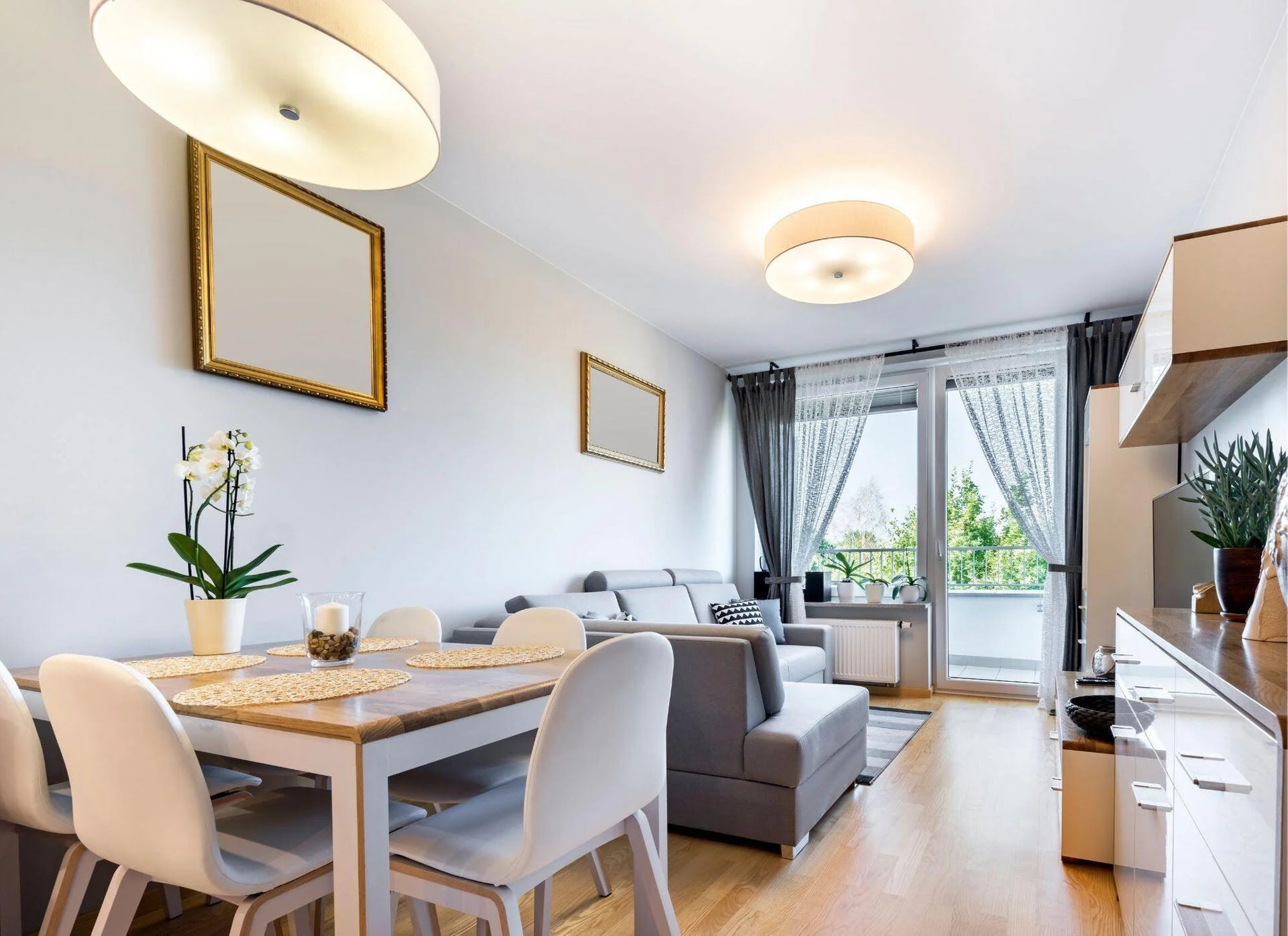
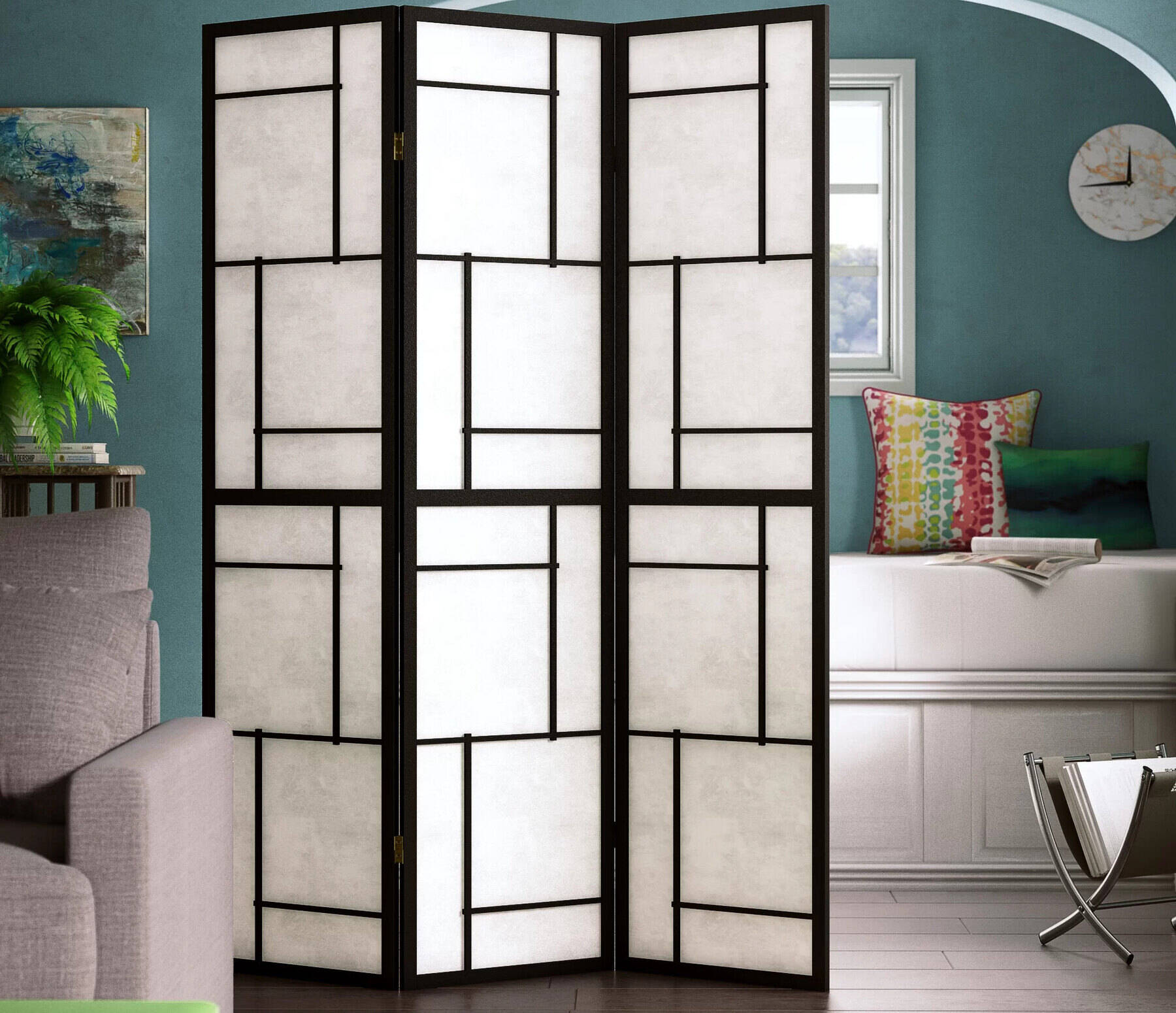
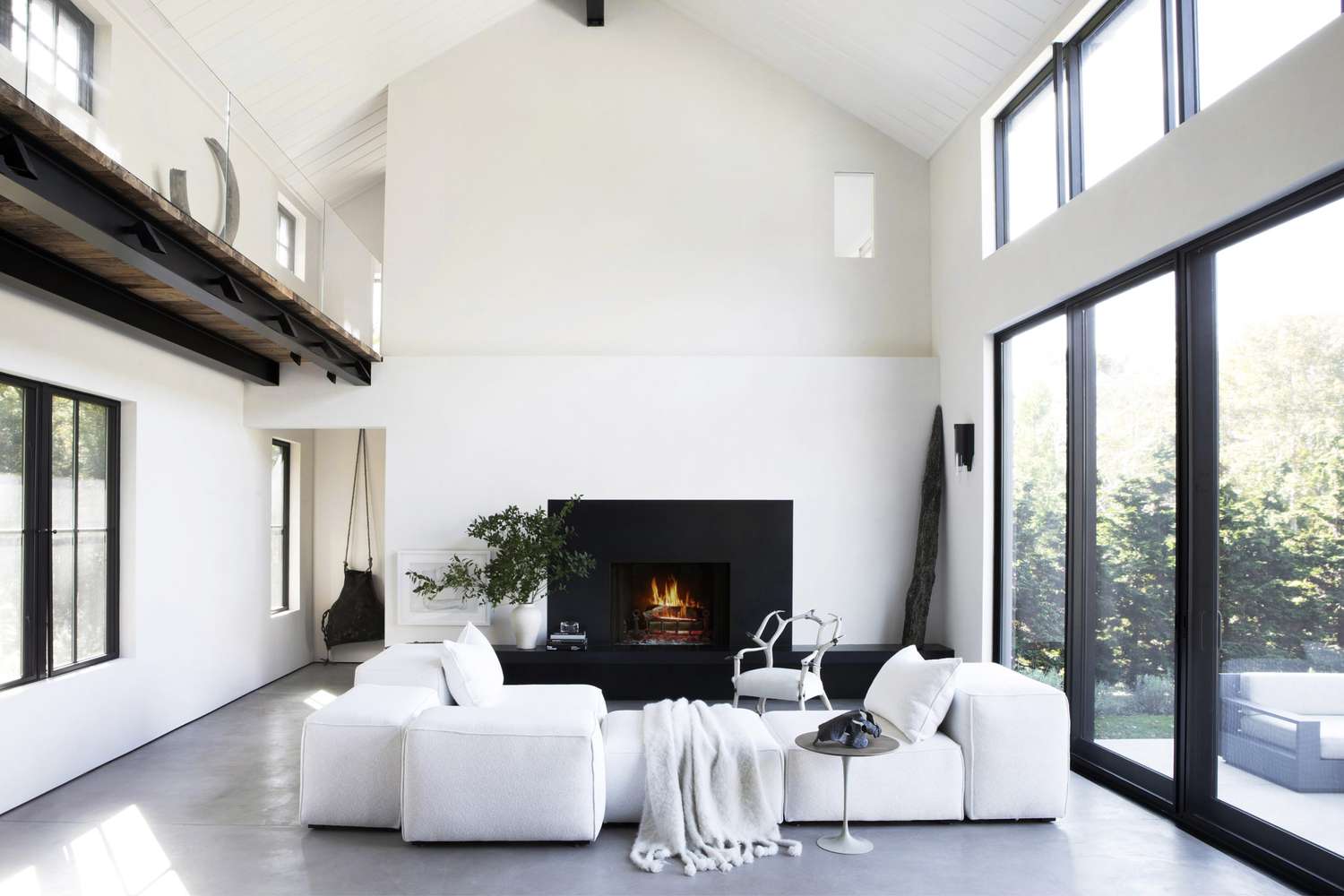
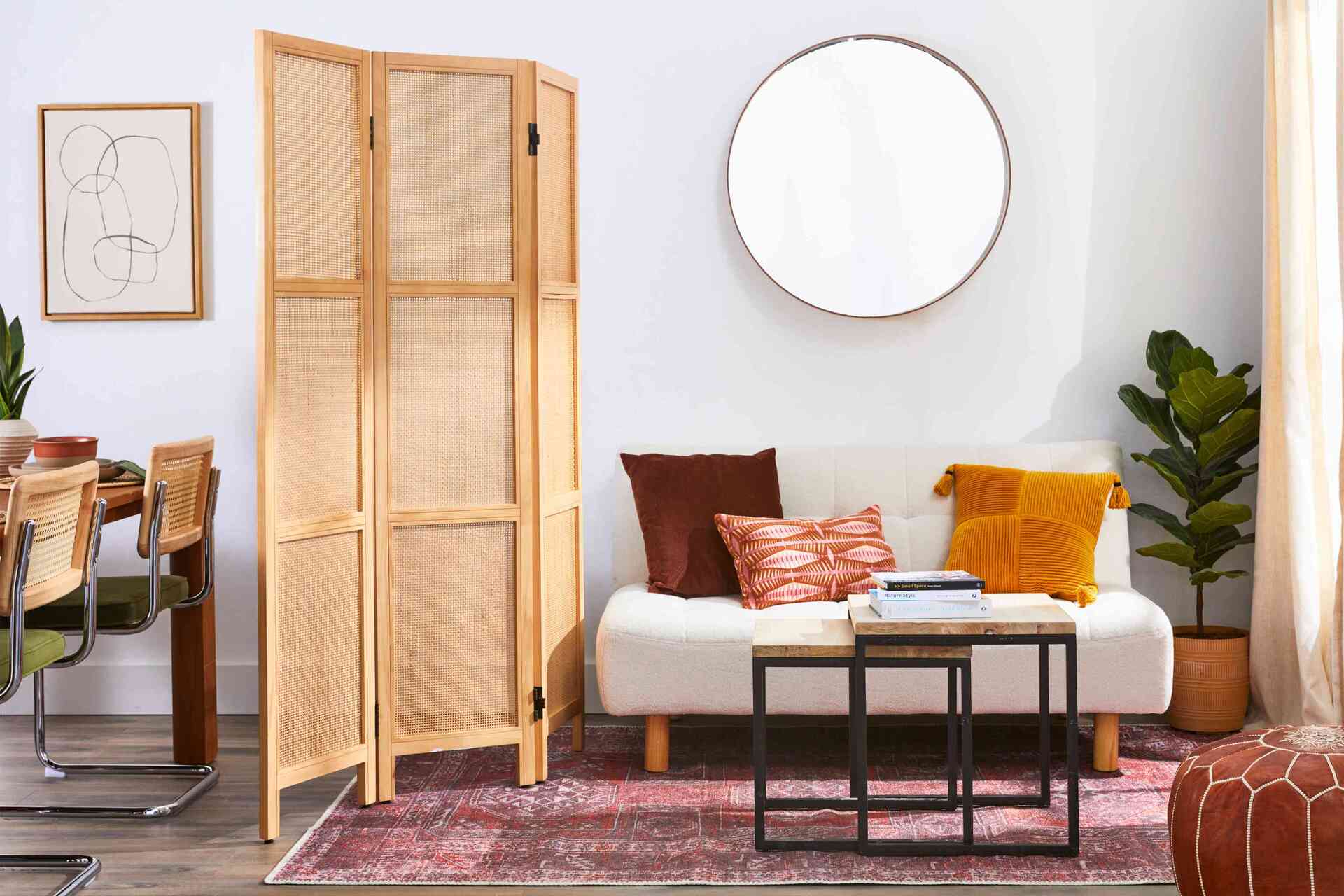
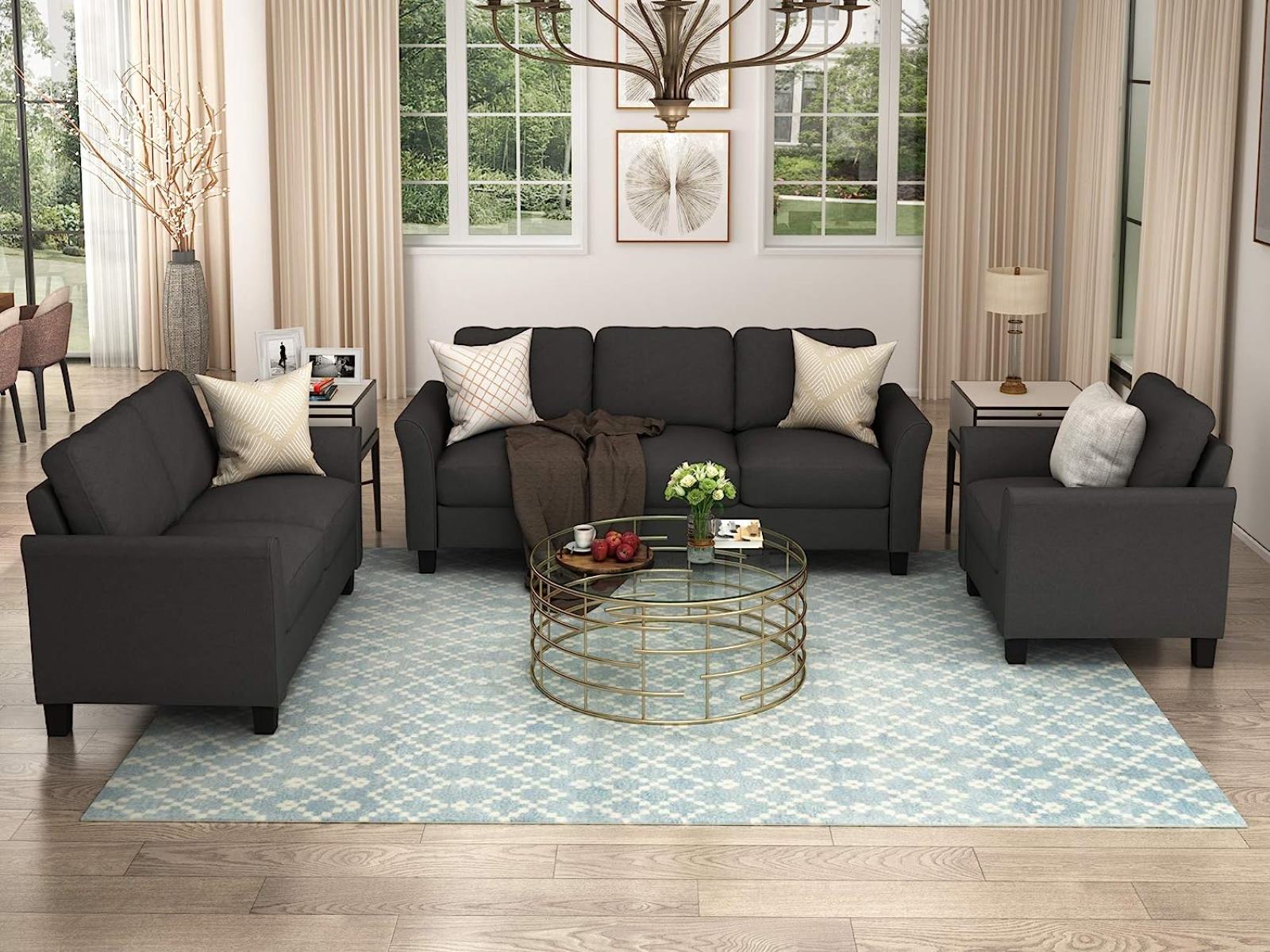
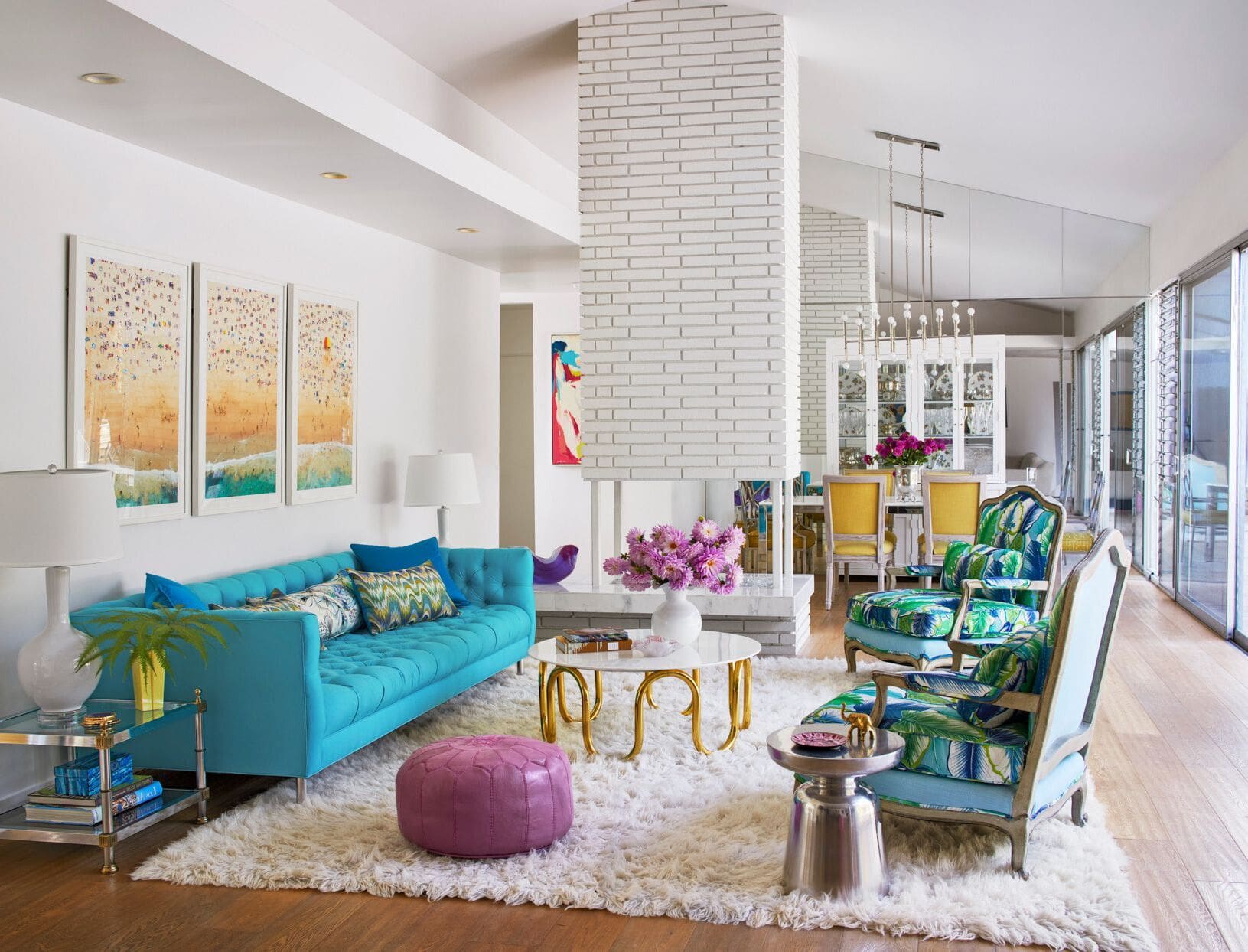
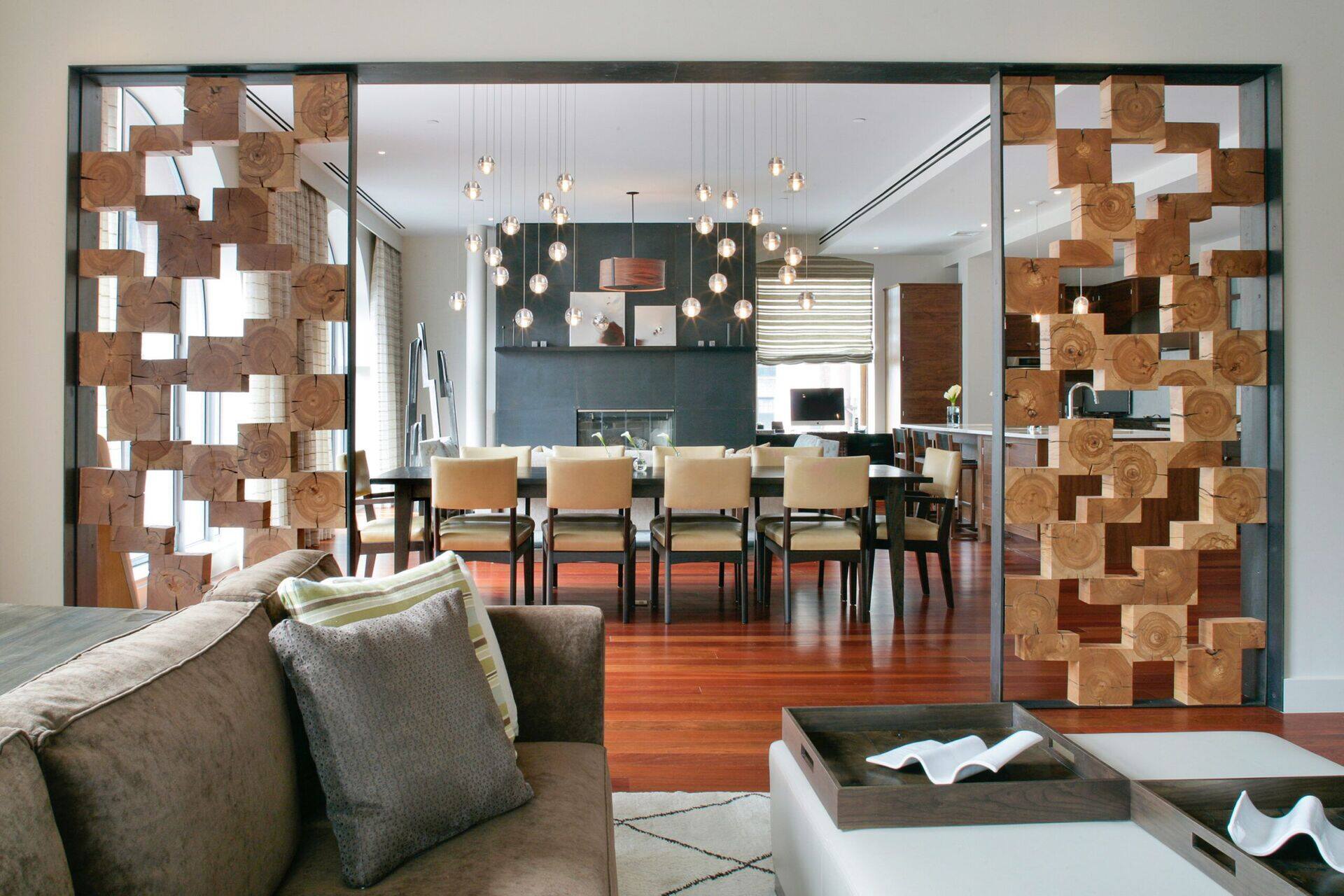
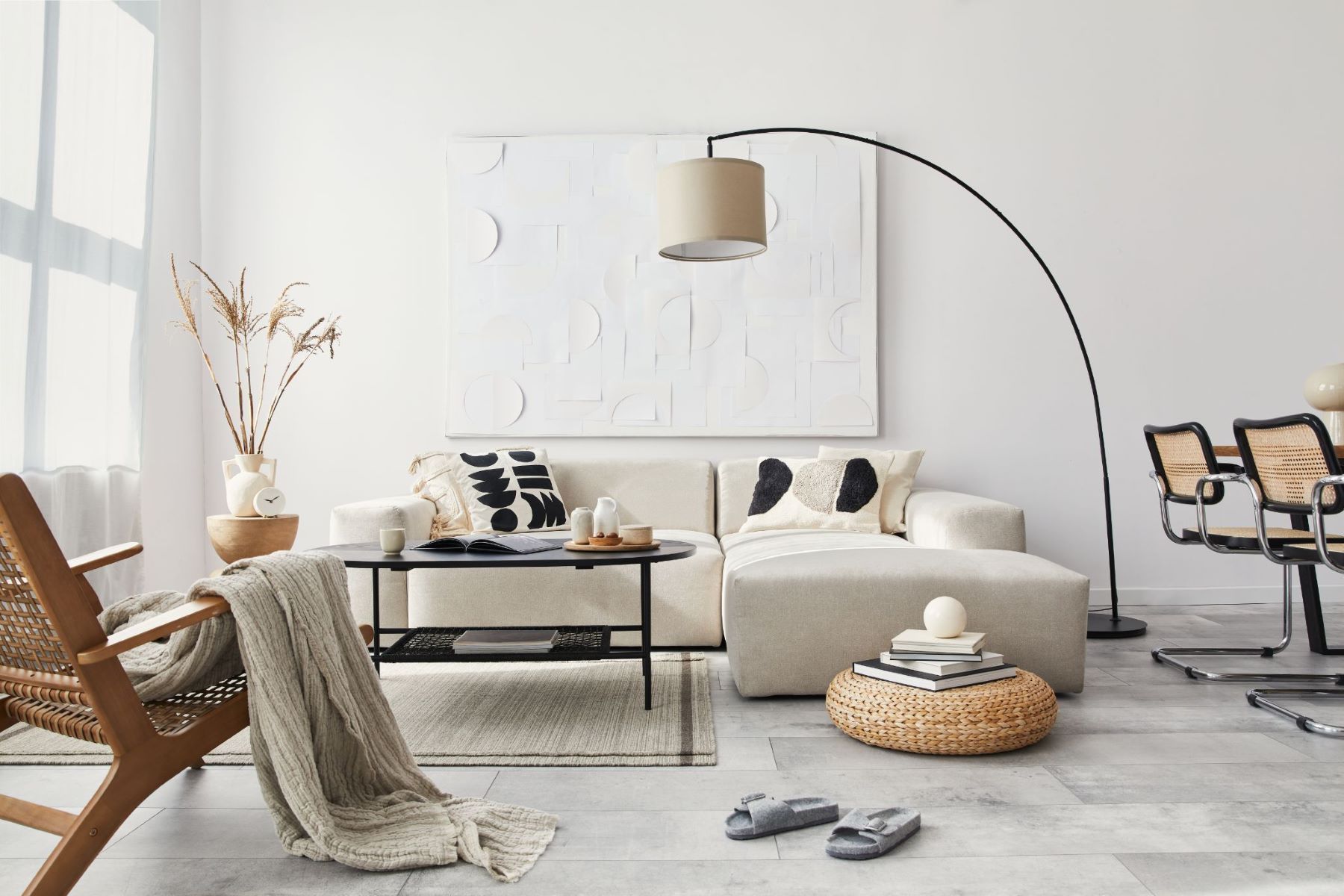
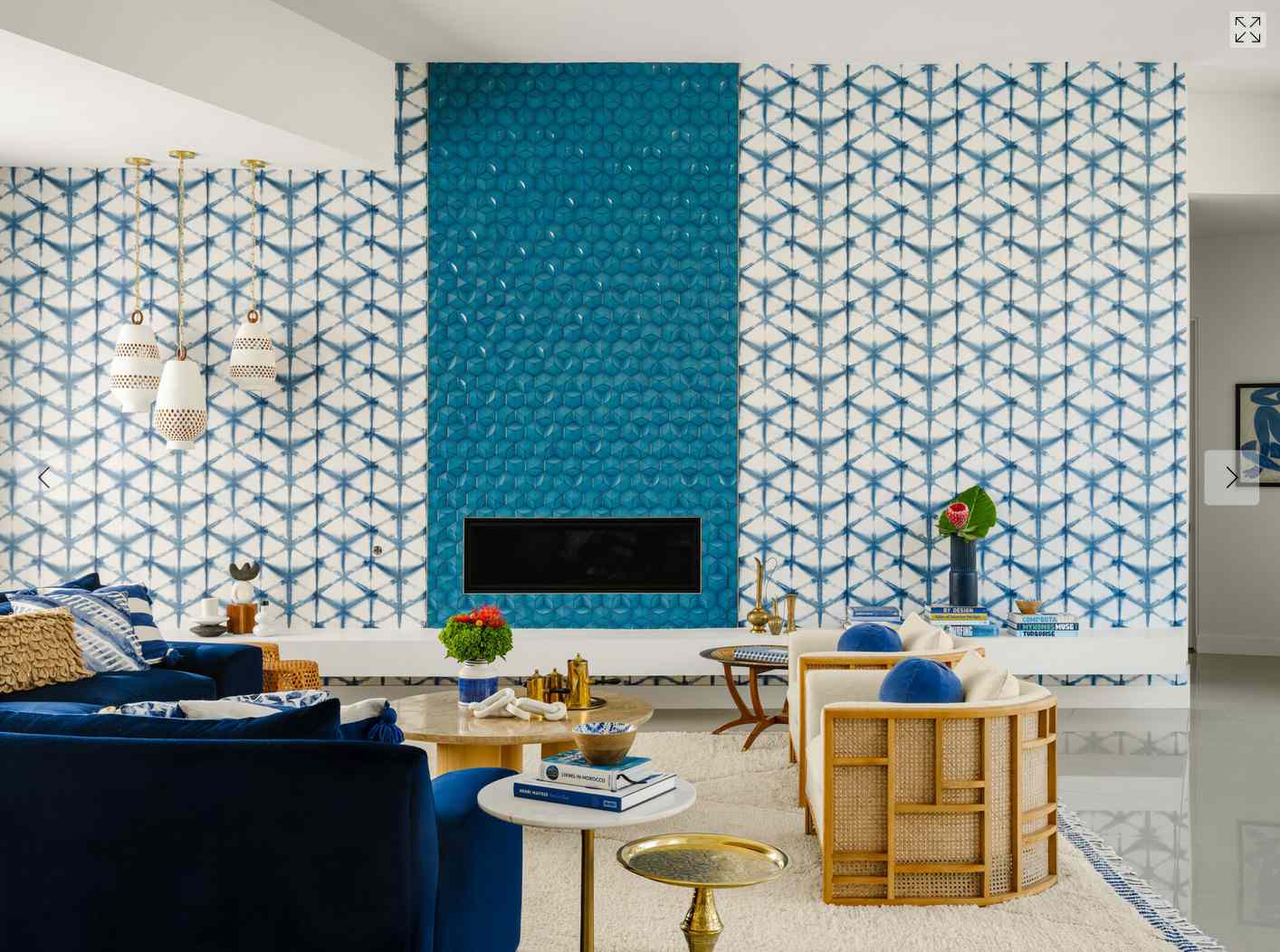
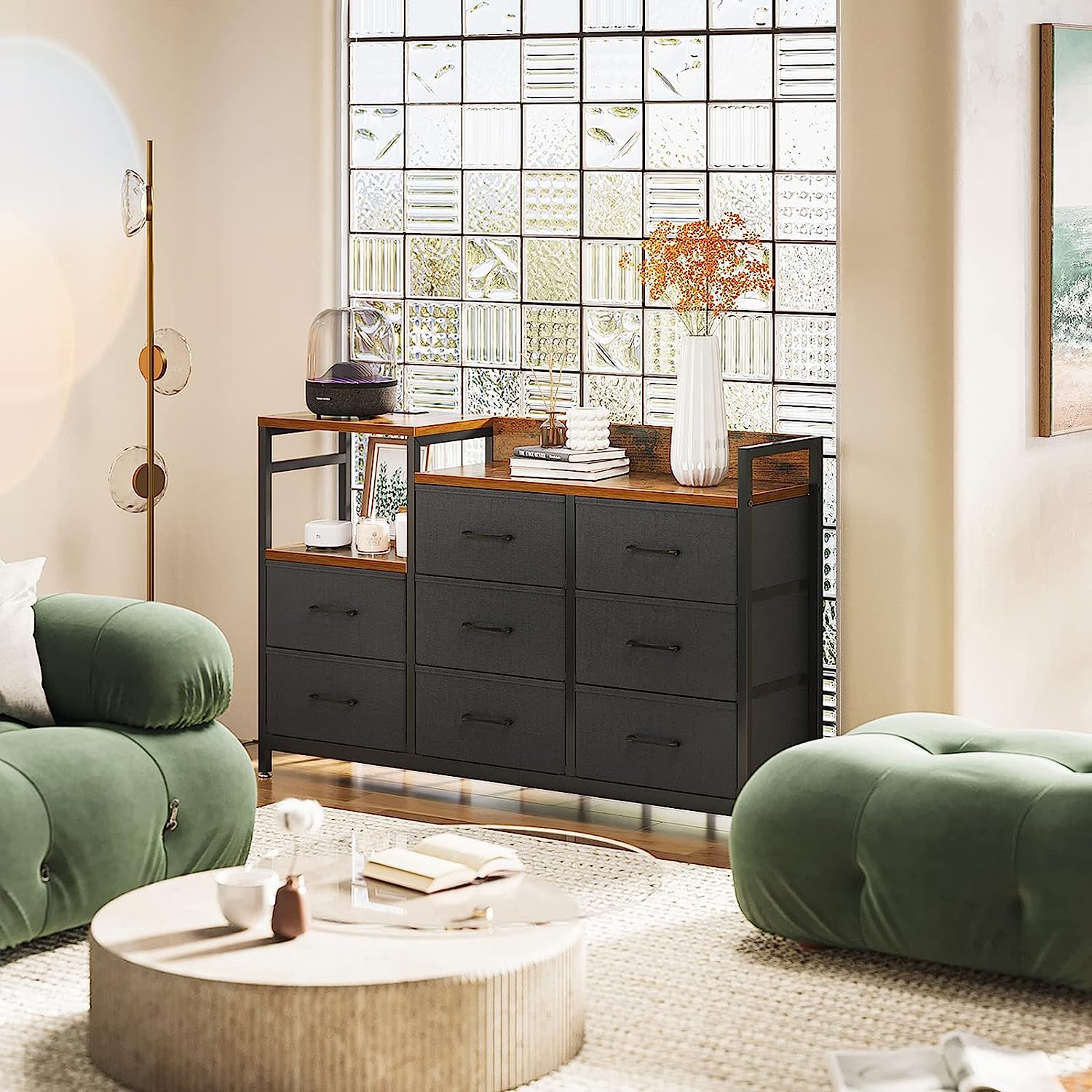
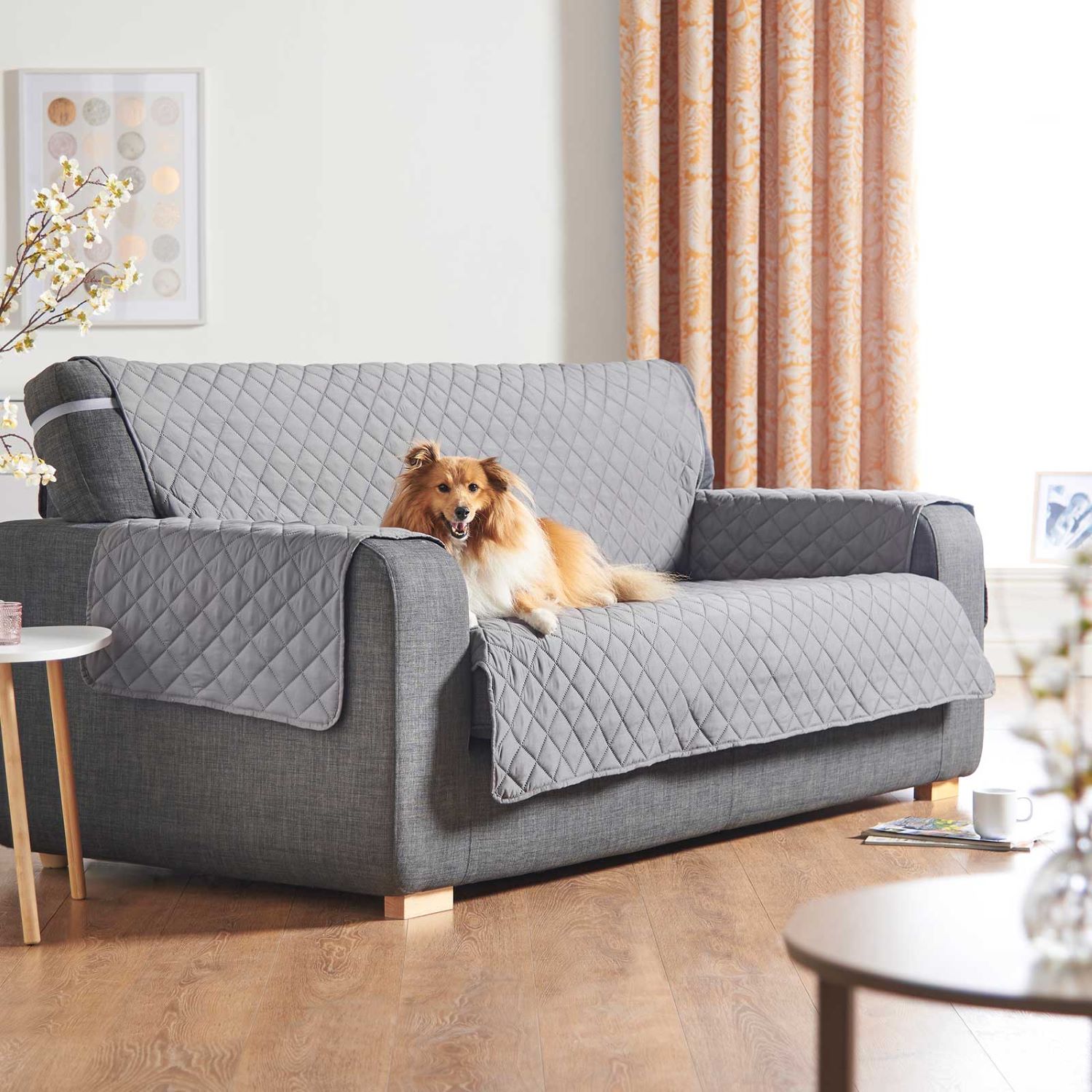

0 thoughts on “Room Divider Ideas: 12 Lessons In Versatile Modern Living”